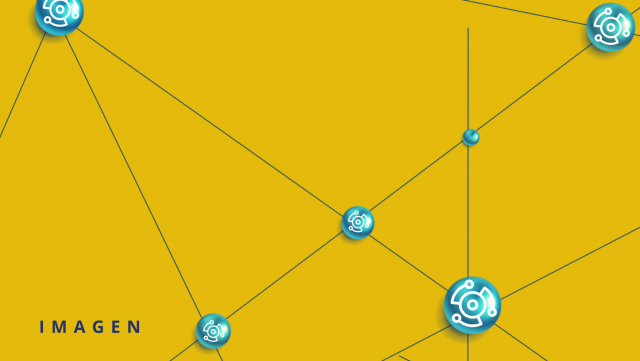Smarter content delivery and contextual curation drive a cleaner, more user-aligned Web3 experience.
(Isstories Editorial):- Seattle, Washington May 12, 2025 (Issuewire.com) – Imagen Network (IMAGE) is enhancing its decentralized social infrastructure with upgraded AI-powered feed logic that prioritizes transparency, behavior relevance, and curated engagement. This refinement reflects the platform’s mission to deliver context-aware content flow that adapts to user intent without compromising autonomy.
More on Isstories:
- Mansa AI Expands Agentic Automation Framework to Power Advanced Web3 Workflows
- Liansheng Among Leading Portable Expandable Container House Suppliers 2025
- China Prefabricated Expandable House With Steel Frame: Liansheng Sets A Quality Benchmark
- Where Can I Find A Reliable Metal Fabricator?
- China OEM Expandable Living House Factory Supporting Large-Scale Projects by Liansheng
The update introduces behavior-synced content prioritization, which intelligently aligns posts, threads, and interactions with each user’s evolving engagement habits. Instead of random or algorithmic feeds, users gain content visibility that is both personalized and explainable–driven by open-source AI logic.
By reinforcing transparency, the platform ensures that users understand how and why content is surfaced. Community-driven feedback loops and governance mechanisms provide additional moderation and relevance tuning–putting control directly in the hands of users.
Imagen Network is building the foundation for a new era of AI-powered, decentralized communication, where users own their data, shape their environment, and experience truly adaptive social networking.
About Imagen Network
Imagen Network is the world’s first decentralized social networking platform powered by AI and blockchain. Focused on privacy, personalization, and user ownership, Imagen Network is redefining social engagement in Web3.
This article was originally published by IssueWire. Read the original article here.



















